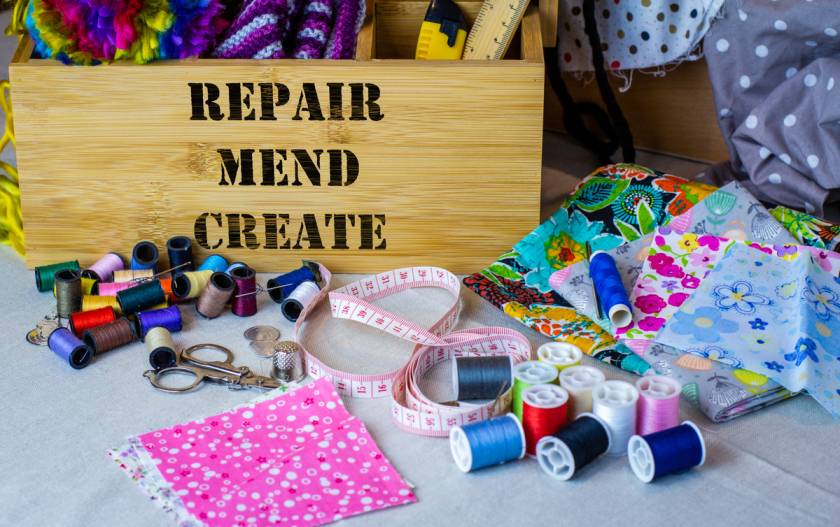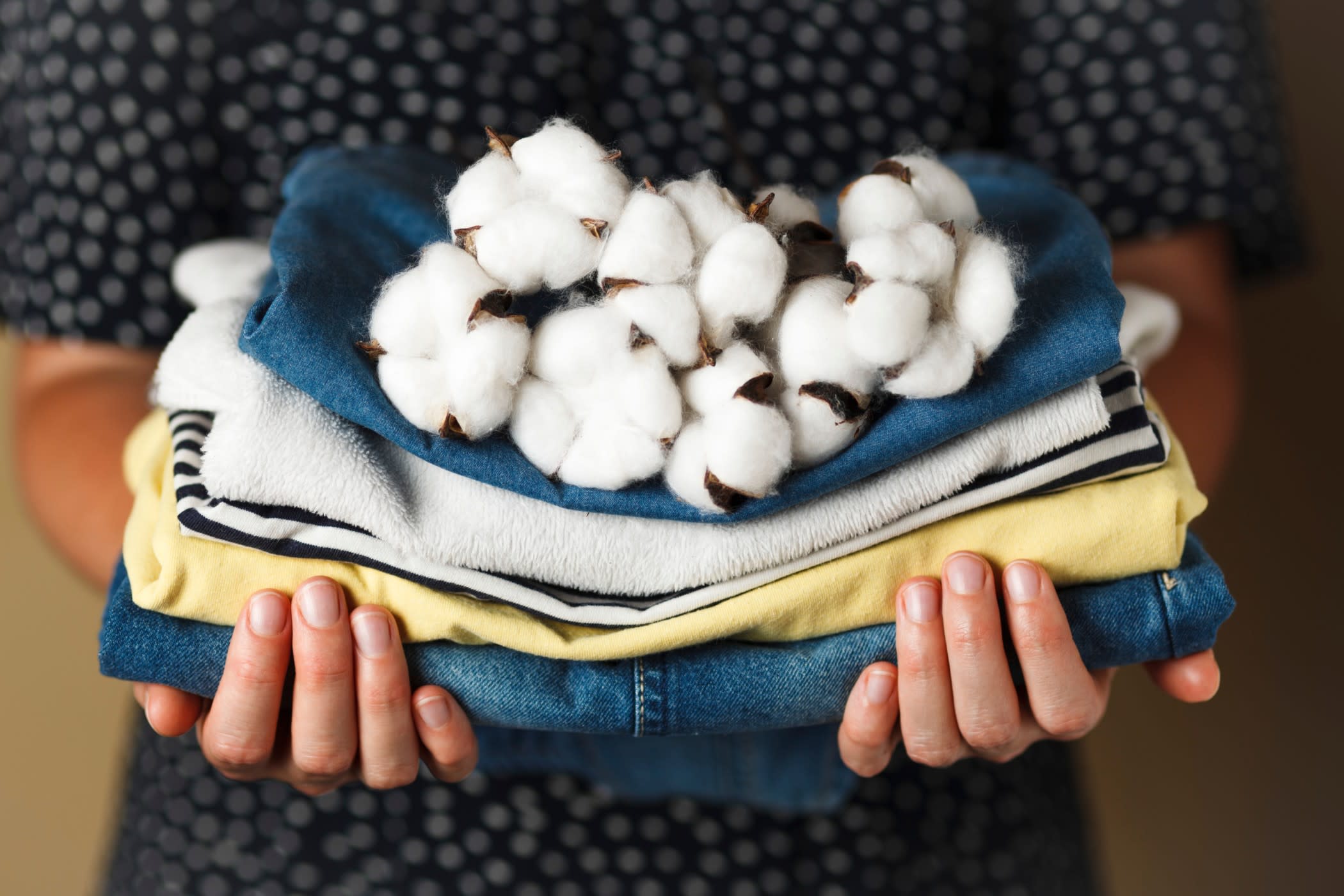From Wastes to Wearables: Recycling and Upcycling in Fashion



In 2011, Emma Watson was interviewed on the importance of being conscious consumers of fashion. Watson expressed her concerns about “the humanitarian issues surrounding fast fashion.” She also lamented the lack of green options in the fashion industry.
Fast forward ten years and very little has changed. The fashion industry is still “one of the top five most polluting industries on earth.” Needless to say, this has impacted the credibility of the industry. Fashion brands must do better to improve their green reputation.
What can be done? Much of the fashion industry’s environmental impact comes from the enormous waste produced. Consider this one statistic (out of many): “64% of the 32 billion garments produced each year end up in a landfill.” Waste management is thus a top priority for the fashion industry.
Waste management in fashion is no new concept. Brands and manufacturers have sought to reduce clothing related waste. But this has proved to be a daunting task. This is why brands must combine old and new methods of waste management. Let’s explore the practices of upcycling and recycling.

Recycling & Upcycling
Recycling is the traditional method of waste management in fashion. At a basic level, it involves the breakdown of waste products (made of plastic, glass etc.) into base materials. These materials are then used to make new products.
While the origins of recycling date back to ancient Greek civilization, it came into popularity during the 1970s. Rising energy costs and a growing environmental movement signified the need to recycle goods. In the fashion industry, recycling-especially textiles-is a common practice. But this has not always produced satisfactory results. This spurred the popularity of new practices such as upcycling.
Every product has a shelf life. But what if that shelf life could be extended? Even better: what if a product could be given a second shelf life? This is upcycling in a nutshell. It is the new word that defines the ‘Reuse’ philosophy (as in ‘Reduce, Reuse and Recycle’.)
Upcycling is different from recycling, chiefly because it bypasses the breakdown process of discarded products. The breakdown process in recycling can degrade the quality of materials produced. This means that an upcycled product is ”better or the same quality as the original.”
Emma Watson’s Met Gala dress is a tour de force of sustainable design. It is made out of recycled plastic bottles and organic materials. The dress was made by Calvin Klein in collaboration with designer Sarah Slutsky and Eco Age. (Source 1 & Source 2)
Upcycling and Small Fashion Brands
Upcycling has become very popular among smaller fashion brands. Dio Kurzawa, Head of Denim and Sustainability at WGSN attributes this popularity to the “youth-driven consortium of the fashion industry.” Young designers are quite eco savvy and more willing to adopt upcycling to foster change. Furthermore, the economics of upcycling appeals to smaller fashion brands. Small brands that integrate upcycling practices into their business model are less expensive and easier to maintain. (On the other hand, larger brands with complex supply chains may struggle to integrate upcycling processes.)
Upcycling and Recycling Fashion Brands
Synergy in the United States of America is known for its recycling program. Across the pond, FanFare and Ruby Moon are UK brands devoted to the same. Project Repat, based out of Boston, Massachusetts., is an example of an upcycling brand that creates quilts out of old T-shirts.
Some Upcycling Ideas For Your Brand
Below are some examples of how to upcycle used products for your brand:
- There are several different ways you can make repurposed jean rugs from a denim.
- Denim lampshade made from jeans seams
- Soft patchwork blankets made from sewing old sweater scraps
- Coffee mug cozies can also be made from sweaters
- Handmade dishcloths from old t-shirts
- Bags made from T-shirts
- Artificial flowers made from bed sheet fabrics
- Flannel shirts can be repurposed into reusable hand warmers
- Upcycled leather bags featuring paint and vintage images
- Leather strap can be used to make drawer pulls
Benefits of Recycling and Upcycling

A greener fashion industry is not that hard to implement. It’s possible to run a fashion brand that is sustainable-in both the financial and environmental sense. Integrating recycling and upcycling practices bolsters a brand’s credibility in the public eye.
Reputation is not the only thing at stake here. Unsustainable environmental trends “limit the opportunities for the fashion industry to succeed in the long-term.” The World Economic Forum estimates that fashion brands lose out on $560 billion when consumers don’t recycle and wear clothes less. In the long term, eco-friendly practices can pay for themselves.
Lastly (and perhaps most importantly), Natura CEO Raphael Marques says it best: you “can’t run a business on a dead planet.” Self-preservation alone should compel the fashion industry to ‘reduce, upcycle and recycle’.
The textile industry has bloomed to its full potential since the 19th century. Today we have clothing chains producing half a billion garments each, every year. According to the Environmental Protection Agency, about 14.3 million tons of textiles were sent to the landfill in 2012. A good step towards avoiding such a massive landfill, would be to donate clothes to thrift stores. However, a significant amount of these clothes are cheap and unreliable. Thus, only 20 to 30 percent of the donated clothes can actually be resold. Here comes the handy idea of recycling and upcycling which will not only provide an afterlife to the clothes but increase its value.



















